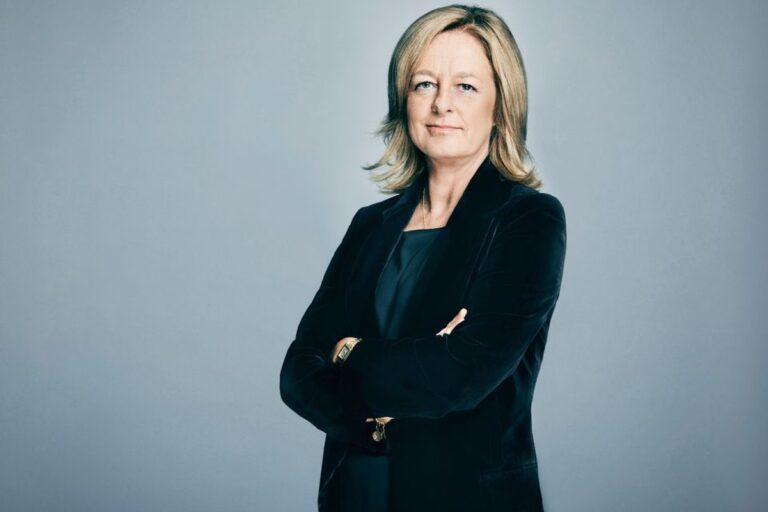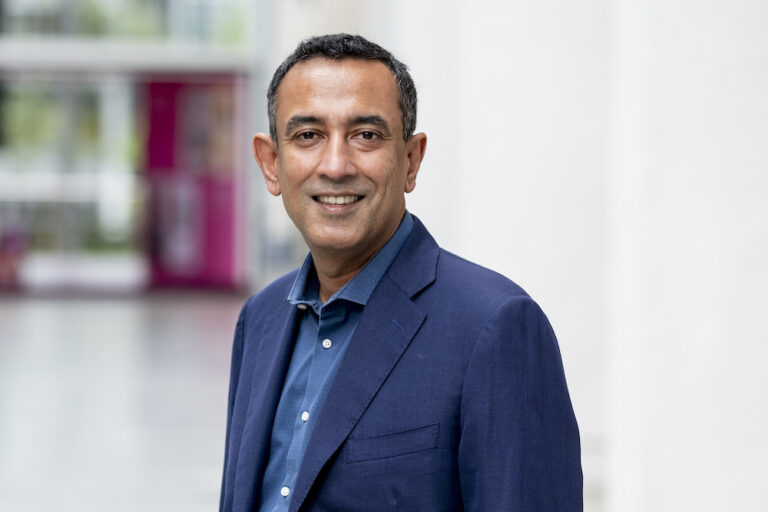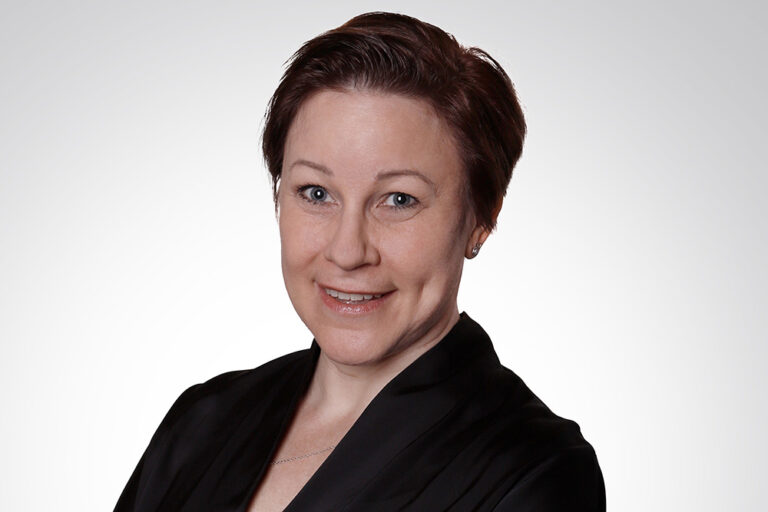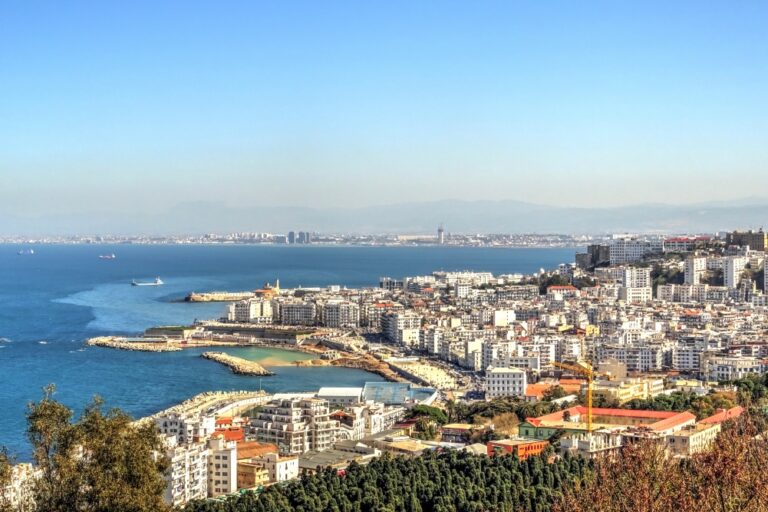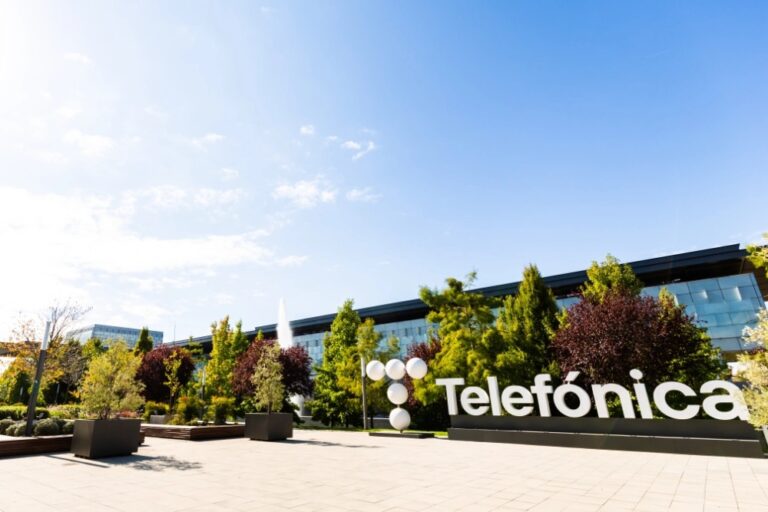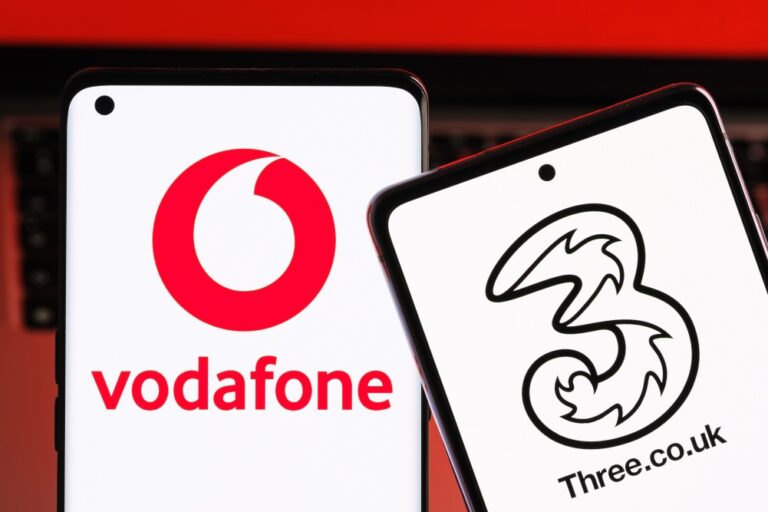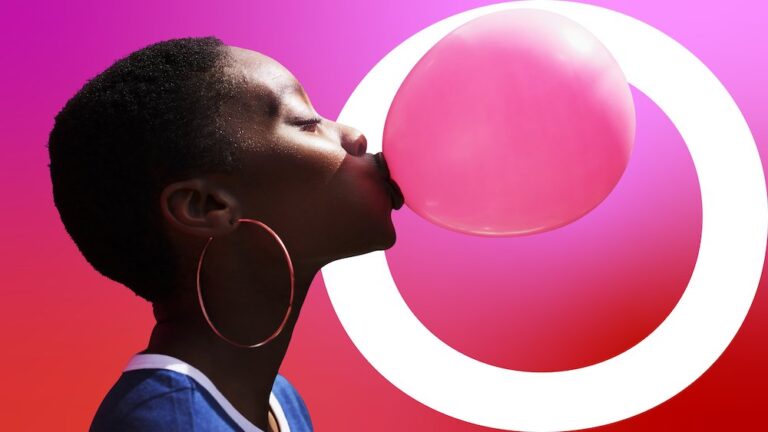Now Sweden’s second greenest telco
Telia president and CEO Allison Kirkby said the Swedish telco is “increasingly the most trusted and secure digital infrastructure provider in the Nordics and Baltics” as a new report claims it has cut its carbon footprint by 85% since 2018. As Mobile Europe reported in January, Telia has a challenger for the title of Greenest Telco in Sweden, but it is definitely the greenest tier 1 telco. According to the Telia Annual and sustainability report for 2022, this reduction in CO2 output can be accounted for through three main initiatives.: the use of green energy sources, network modernisation and new engines for running the car pool and the back-up generators, as reported by Yanitsa Boyadzhieva in Telecom TV.
The use renewable electricity sources, such as water powered turbines, is an easy win in a geographic region that is blessed with mass produced Fjords. Now, according to the report, the Swedish telco is brokering new deals to buy wind and solar energy across its operating unit footprint, which covers seven markets in the Nordics and the Baltics. Switching from fossil fuelled electric turbines to gravity powered generators has accounted for about 78% of its CO2 loss. The other 7% of greenhouse gas (GHG) cuts have come from fuelling back-up generators and company vehicles with hydrogen in selected sites in Norway and Estonia. The car fleet is gradually adopting electric vehicles (EVs), which comprised 17% of the total fleet at the end of 2022, with a further 31% being hybrids. Electric cars are of limited use on long journeys, however so the scope for further conversion may be limited.
The next essential step step is modernisation of the network, since telia’s 5G network could use four times less energy moving every data bit than its predecessor, it said. However, modern telcos need customers to consume more data and keep buying more brand-new phones which are part of a planned obsolescence model. “The fairy tale of eternal growth,” as Greta Thunberg once said.
Telia admitted that its power consumption rose by 4% in 2022 due to the rollout of 5G, but that the dismantling of older infrastructure helped to offset this. Swapping copper cables for fibre saved “substantial” energy since optical networks use a fifteenth of the power that copper needs to shoe a packet along. Since 2102, the home market has seen data increasing by 1,800%, the report said.
Telia assigned Polarium to develop smart batteries for the home so that peaks of consumption can be smoothed down by stored energy. This cut costs by up to 15%, by charging lithium-ion batteries when prices are low and using that stored capacity to avoid paying for a supply when prices are high.
Various internets of things (IoTs) created smart buildings and utilities that cut power consumption by 819 GWh in 2022, said the report. IoT and services such as remote meetings also saved some 330,000 tonnes of CO2e in 2022. The report also noted that the energy consumption per subscription decreased by 7% compared to 2018 levels. Network construction and maintenance has a target of zero waste by 2030.
Telia’s supply chain has the biggest footprint, but that’s because they are making things, like switches and radio units and receivers. And iPhones, Galaxies and other Androids. Telia said suppliers are responsible for 35% of the telco’s supply chain emissions. They have been set environmental goals and 72% of its suppliers are committed to meet pledges by 2025. With some obvious exceptions.
Circular economy-based initiatives and Telia has created a modelling tool to monitor the expected emission curve until 2040. Digitisation can expedite progress to global Sustainable Development Goals (SDGs), according to said Sara Nordbrand, group head of sustainability at Telia. “This report illustrates how Telia’s digital infrastructure and services can be used as a tool to manage natural resources in a more sustainable way and reduce inequalities,” said Nordbrand.


